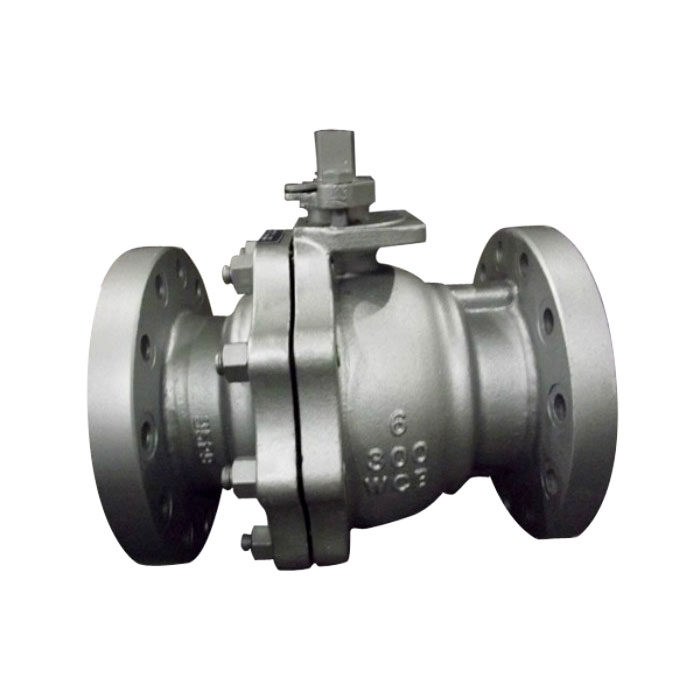Causes of Cast Steel End Entry Ball Valve Seat Leakage

Cast steel end entry ball valves are common valve types in pipeline of oil & gas, chemical, power plant, mining, etc. The seat leakage can be found during the construction process and operation process. The causes are mainly elaborated as per the followings:
1) Construction process:
① Improper transportation and lifting cause the cast steel ball valve's overall damage;
② When leaving the factory, the cast steel ball valve is not dried and treated with anticorrosion measures after the hydro pressure test which causes the sealing surface to rust and form an internal leakage;
③ No blind plates are installed at both ends when cast steel ball valves are stored in warehouse of construction site. Rainwater, sand and other impurities enter the valve seat;
④ During installation, no grease is injected into the valve seat, permitting impurities to enter the rear of the valve seat;
⑤The ball is not installed in the fully open position, causing damage to the ball. If the valve is not in the fully open position during welding, welding spatter will cause damage to the ball. Furthermore the ball with welding spatter will damage the valve seat during the valve opening and closing
⑥ Scratches on the sealing surface causes by construction remnants such as welding slag;
⑦leaks causes by inaccurate stem limits during shipment preparation or installation. If the valve stem drive sleeve or other accessories are misaligned with the assembly angle, the valve will has internal leak.
2)Operation process:
① The most common reason is that the operation manager does not perform maintenance on the valve in view of more expensive maintenance costs, or lacks scientific valve management and maintenance methods to prevent the maintenance of the valve, which causes the equipment to fail in advance;
② Improper operation or maintenance in accordance with the maintenance manual cause internal leakage;
③ During normal operation, construction remnants scratched the sealing surface, causing internal leakage;
④ Improper pipe cleaning causes sealing surface damage and internal leakage;
⑤ No maintenance for ball in long run will make the valve The seat and the ball locked, which will cause seal damage when the valve is opened and closed;
⑥ The valve is not in fully opening or closing position to cause internal leakage. Any ball valve, whether it is open or closed, is generally inclined 2 ° to 3 ° to cause leakage;
⑦ Many large dimension ball valves have stem stoppers. If used for a long time, rust, dust, paint and other debris will accumulate between the stem and stem stoppers due to rust and other reasons. These debris will cause the valve to fail to rotate into fully closing position. In case of buried ball valves, the extension of the valve stem will cause more rust and impurities to prevent the valve ball from rotating in place
⑧The actuator has also limiting device. If long-term corrosion occurs, the grease is hardened or the limit bolt is loose and the limit device will fail.
⑨ The valve position of the electric actuator is set forward
⑩ Lack of periodic maintenance and maintenance causes the sealing grease to dry and harden, and the dried sealing grease accumulates behind the elastic valve seat, hindering the movement of the valve seat and causing seal failure.
If you require more information, freely let us know via sales@jhflow.com